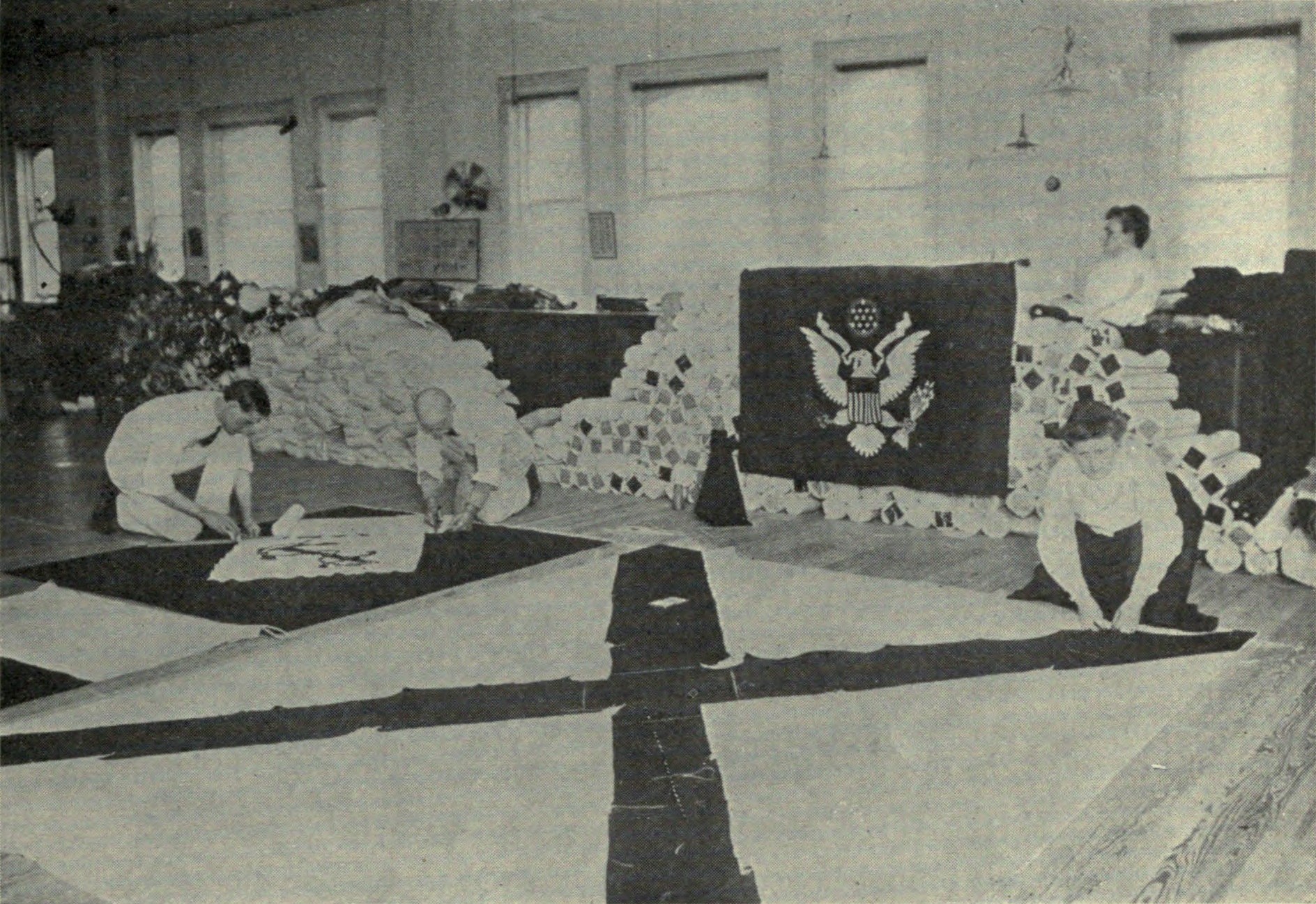|
USS Lackawanna (1862)
The first USS ''Lackawanna'' was a Propeller#Marine, screw-propelled sloop-of-war in the Union Navy during the American Civil War. She was named after the Lackawanna River in Pennsylvania. Construction and commissioning ''Lackawanna'' was Ceremonial ship launching, launched by the New York Navy Yard at Brooklyn, New York (state), New York, on 9 August 1862, sponsored by Ms. Imogen Page Cooper, and was Ship commissioning, commissioned on 8 January 1863, Captain (United States O-6), Captain John B. Marchand in command. Civil War The new screw sloop-of-war departed New York on 20 January 1863 to join the Union blockade of the Confederate States of America, Confederate coast. She reported to the West Gulf Blockading Squadron at Pensacola, Florida, Pensacola, Florida, early in February 1863 and for the remainder of the war served along the United States Gulf Coast, Gulf Coast of the Confederacy, principally off Mobile Bay, Alabama. ''Lackawanna'' took her first Prize (law), prize â ... [...More Info...] [...Related Items...] OR: [Wikipedia] [Google] [Baidu] |
New York Navy Yard
The Brooklyn Navy Yard (originally known as the New York Navy Yard) is a shipyard and industrial complex located in northwest Brooklyn in New York City, New York (state), New York. The Navy Yard is located on the East River in Wallabout Bay, a semicircular bend of the river across from Lower East Side#Corlears Hook, Corlears Hook in Manhattan. It is bounded by Navy Street to the west, Flushing Avenue to the south, Kent Avenue to the east, and the East River on the north. The site, which covers , is listed on the National Register of Historic Places. The Brooklyn Navy Yard was established in 1801. From the early 1810s through the 1960s, it was an active shipyard for the United States Navy, and was also known as the United States Naval Shipyard, Brooklyn and New York Naval Shipyard at various points in its history. The Brooklyn Navy Yard produced wooden ships for the U.S. Navy through the 1870s, and steel ships after the American Civil War in the 1860s. The Brooklyn Navy Yard has ... [...More Info...] [...Related Items...] OR: [Wikipedia] [Google] [Baidu] |
